Decomposition e -commerce, O2O: Deeply digging the "connotation" of users -user system
Author:Everyone is a product manager Time:2022.07.20
Editor: With the evolution and development of e -commerce, more and more companies hope to grasp the core value users in order to increase the conversion of orders and customer unit prices. Everyone starts to work hard on the user to provide users with a deeper service system. This is the user system. A good user system can create long -term profit channels for the platform. This article has disassembled the user system. Interested friends, let's take a look ~

1. The composition of the user
Before talking about the user system, we must first talk about the user composition. In principle, users are divided into ordinary members and paid members. Their relationship should be contained, that is, paid membership groups are part of the ordinary member group. Here we collectively refer to users. User management is to manage the information and assets affiliated on the platform. Therefore, the display of personal information is displayed. The main function of user management is also account management. General platforms use two forms to manage the relationship between ordinary members and paid members.
The first is to build a user's growth system. Through various behaviors, you can also enjoy more rights and interests through the upgrading of paid members to accelerate the upgrade of member levels. This plan further is that paid members will also arrange independent levels and equity to further increase user stickiness.
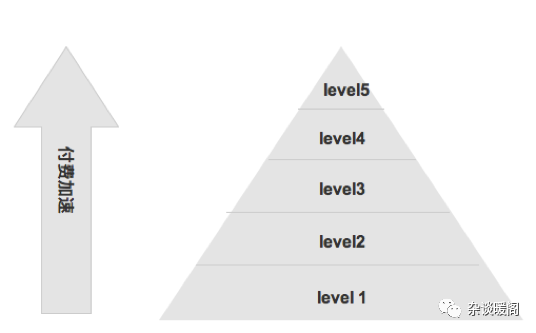
The other is that paid members and ordinary members are relatively independent. Ordinary members do not have too many special rights, and enjoy membership rights by buying paid members. The paid membership system is more settled through cyclical billing, such as the monthly card.
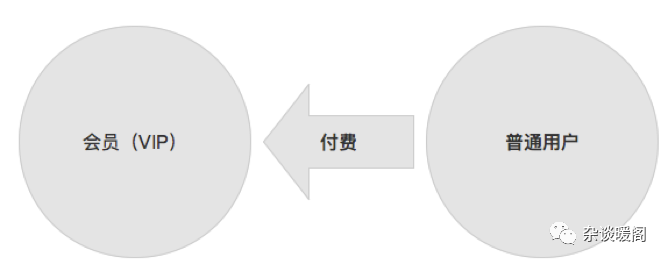
Understand the basic composition of users, let's understand the core management function of user assets: account.
Second, account management
Account management Gu Mingshi is the management of user account -related behaviors. The core is mainly to manage the assets and information of the user. First of all, we look at the asset management, and the classification is divided into the following categories according to the types of assets:
Cash account: that is, account balance, record user account points account: Record the change of the user's points, the loan account: record the red envelope account of the borrowing of user loans: record the use of red envelopes with red envelopes All asset flows are the operation of the account, and the record of entering and leaving is called flowing water. The external system will be submitted to the account system according to the act of consumer user assets in the business scenario. The behavior will be recorded to the account system.
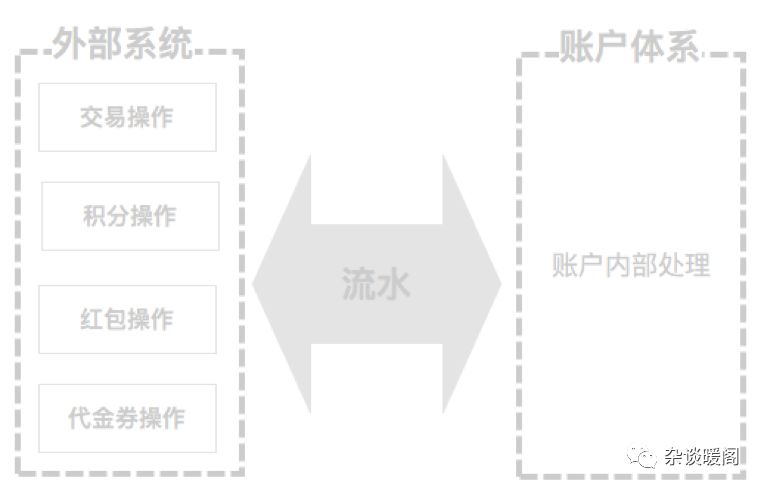
All are the categories of trading scenarios, which is also one of the core functions of the account. We use cash account transaction processes as an example to severa into multiple scenarios. Other processes are similar to this process.
Account recharge: Cash is transferred, and customers are spontaneously issued or systems to recharge the corresponding account. Account transfer: It is generally used in the management of bank accounts or merchant accounts, that is, the transfer of funds between accounts and accounts. Accounts: Cash transfer, and the funds are about to transfer to other third -party accounts. Account Consumption: Consumption is based on consumer flow documents (such as order payment, etc.) through cashier or related systems. The order payment here generally refers to the balance of use, and other third -party payment methods will not update the account assets of the current e -commerce platform. Account refund: The reverse transaction of withdrawal and consumption is generally returned to the account. Fund frozen/thaw: control the account funds, and the freezing funds cannot be used. Return to use after thawing. Account checkout: Special transactions, for transactions with bills, such as Didi drivers settlement, cashback or monthly cards are paid monthly. The amount of the bill will be included or drawn out. Among them, consumption, recharge, withdrawal, refund, and freezing are the most commonly used functional scenarios. Let's take a look at the circulation process between systems.
Account consumption: Generally, the consumption process is completed through order payment. The main systems involved include related business systems (such as the user's order), the trading system (calculating payment amount and method), the payment system (completing the payment process), and the account system (consumption of the balance). The business system issued consumer requests based on business scenarios. The transaction system determines whether the balance is required for the use of the balance according to the situation. The payment system generates the payment of payment of the transaction and interacts with the account. The account is deducted in accordance with the requirements and rules.
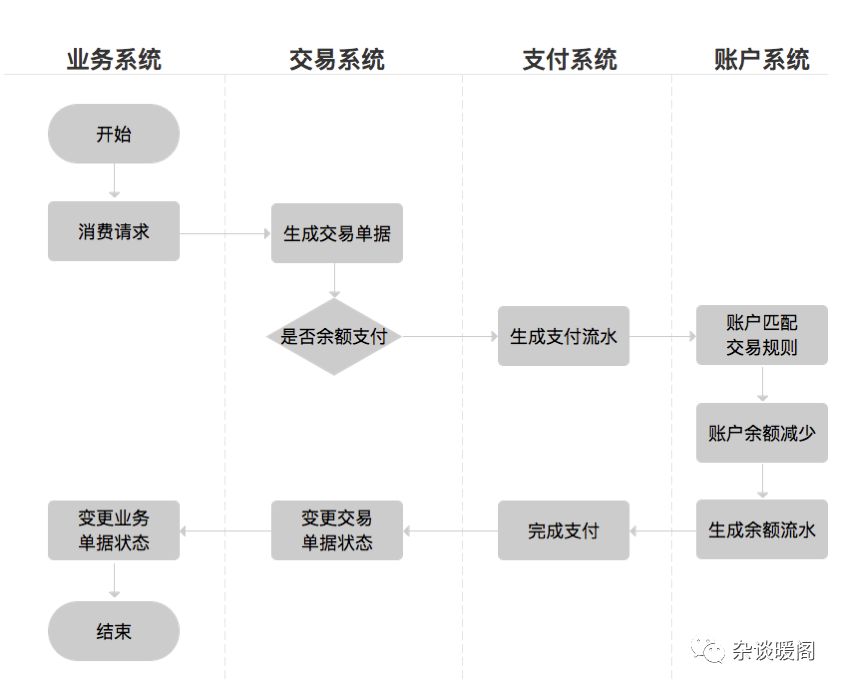
Account recharge: Account recharge is also triggered by the business system, which is generally performed through the recharge page of the personal center. According to the corresponding business documents of the process, submitted to the transaction system for the generating transaction documents. The account system increased the balance according to the documents provided by the transaction system according to the documents provided by the transaction system, and notified the upstream system to change the state after completion.

Accounts: Accounts with the same account recharge process are similar. It should be noted that the balance of accounts should be frozen during withdrawal to avoid wrong accounts. Wait for the completion of the banking enterprise before releasing the account balance. The part of the banking enterprise needs to be communicated in accordance with the bank applied for the business system.
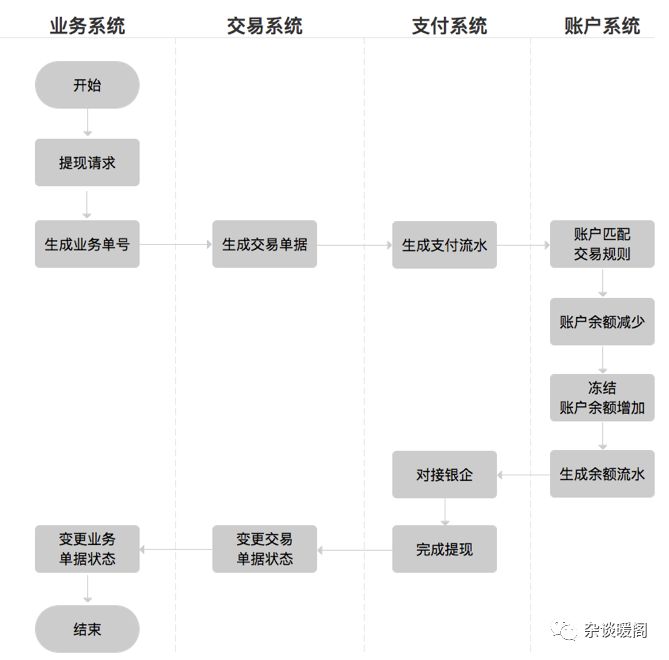
Account refund: The amount of the account consumption is refunded. The refundable payment is generally returned to the user's account according to the principle of returning to the original road. The process of withdrawal and consumption in the process is the opposite process, and the amount of balance is changed from the reduction of balance to the increase in the account processing link.
Account frozen/thawing: The amount of freezing in the user account according to certain requirements will be initiated by risk control. The amount of freezing cannot be used and withdrawn. The thawing process is the reverse process of freezing, and the thawing funds will return to the account for use.
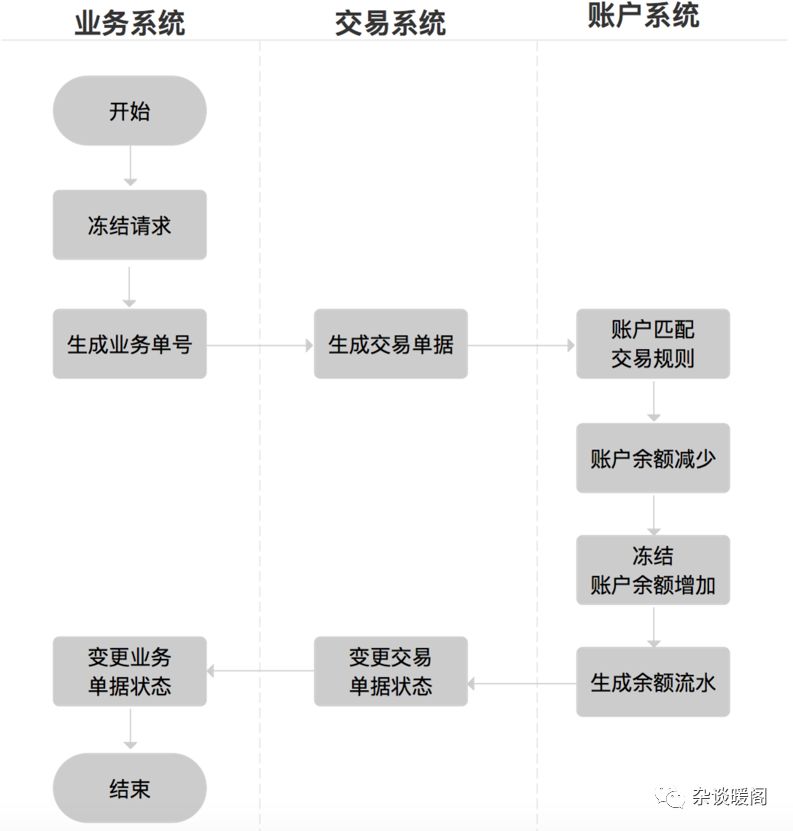
In the above thawing process, we see the concept of frozen accounts. Here we will explain the basic composition structure inside the account system. Customer: The entity that represents a customer has the rights and capital ownership of all the accounts under the account. In the general sense of the user's entity, there is only one corresponding account, and the merchant part of the subsequent explanation may occur in the case of multiple accounts. Account: Refers to the smallest particle unit that conducts business behavior, the account is undertaken the processing and approval of all foreign businesses, and the receiving business is allocated to different sub -accounts according to the situation. The cash account, red envelope account, etc. mentioned above also belong to the category of the account layer. Sub -account: The atomic layer of the business is responsible for carrying the actual business processing. According to the function, it will be divided into different sub -account types. The internal circulation of all account systems also follows the three structures from large to small for identification and processing and eventually complete all operation output results. The specific figure below:
The sub -account is divided into:
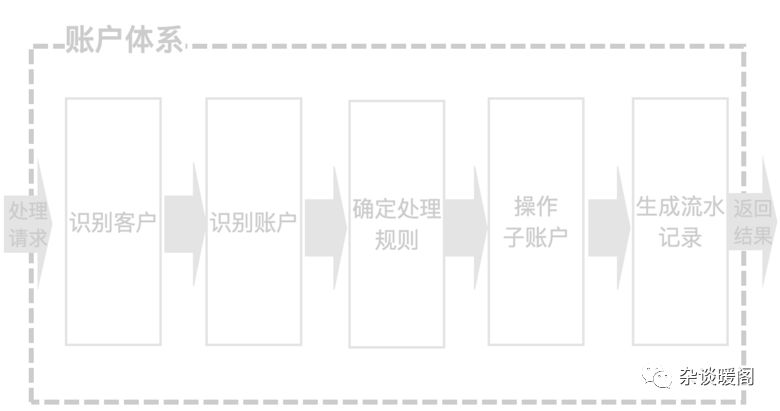
Available accounts: daily cash balance, daily consumption transactions are mainly operating available accounts. It should be noted that the amount deposited in recharge needs to be stored. Cashback account: deposit funds returned to users or merchants into the current account. When consumer time is limited, the cashback account is deducted at the use account when the balance is 0. Frozen account: Used to store accounts frozen funds, all the funds that are frozen need to be transferred to the sub -account first. Overdraft account: account for the deposit of user loan funds, the amount of loan or overdraft consumption needs to be stored in the sub -account. The account is a "ledger" for all asset processing. A reasonable account system is convenient for users and platforms to process and transaction of assets. After reading the user's core account function, let's talk about the composition of members.
3. Member management
Members refer to users used on the platform that they enjoy certain rights. It also includes members of the fees that are special rights and interests. Let ’s talk about the composition of the member system. The core three elements of members include: growth system, rights and interests, and charging models. We take the QQ membership system as an example to see the entire user circulation process.
Tencent's membership system has caused users' desire to explode by strengthening user experience and functional services, thereby increasing the chances and income of buying paid members. High -frequency users will become more and more sticky during use. In order to improve further service and experience through purchasing paid members to achieve the ultimate goal. The general member level and paid membership level as two sets of parallel system allow users to still have room for improvement after obtaining senior membership qualifications.
In summary, users can stimulate user consumption by obtaining growth. Member rights and paid membership rights in the process of growth will stimulate user consumption. Obtaining better services after consumption will continue the service life of the product, thereby increasing the chance of consumption of users again. Growth, rights and interests in the ecological chain need to form a closed loop. This is also a problem with the need to focus on the design of the member system.
We first look at the growth system as a member of the core functional growth system that determines whether the user's sense of use can continue to increase. The growth system is a commonly used user management and operating solution in the industry. Common points such as points, growth values, virtual currency, membership levels, etc. are generally to meet the business interests of the enterprise and the user's functional needs. The main meaning is as follows:
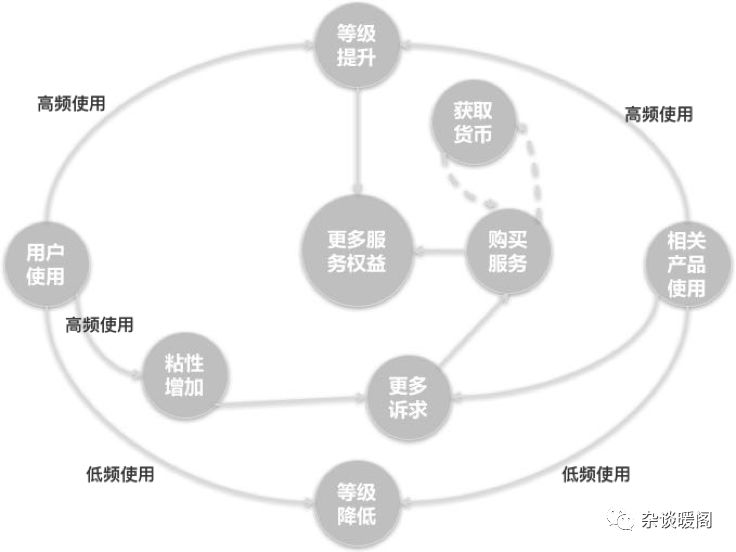
Platform level:
Behavior guidance and specifications: Payment and harvest of user behavior through interest incentive specifications and harvest to ensure the unity of user interests and corporate interests. Improve loyalty and viscosity: Resources in grade growth will cause emotional precipitation, indirectly generate loyalty to improve, and have a certain competitive barriers. Optimize the use of services and resources: Provide different levels of services and resources according to the level, which can ensure that high -quality resources or value -added services are used by high -value users. User level:
Reward and discount: get related rewards and discounts based on contributions. Swelling and privilege: Make high -quality users gain a sense of superiority to reflect social status and obtain privileges. The growth system is mainly to provide hierarchical changes through the method of growing value. The setting of growth value is usually accompanied by additional products with consumption, such as points, consumption amounts, and days of use. The defined standard is generally stimulating consumption or use. Of course, the growth value of different platform attributes is also different. For example, social platforms are more concerned about users' retention, so they grow up through the number of days.
The e -commerce platform pays attention to the conversion of orders, so the additional products such as consumption amount or points are accumulated. We list several typical membership systems to see the difference in growth value.
In addition, in order to ensure that users can continue to generate consumer behavior or active, it is not static for growth. According to a fixed cycle, for example, the growth value will be deducted accordingly. After deduction, if the growth value required to reach the current level fails, the level will occur.

In addition to gaining growth value, the growth system can upgrade and enjoy more equity services, but also generate virtual currency. Users can obtain a certain virtual currency through their own use behavior (such as e -commerce order consumption, social software browsing and sign -in, etc.). Virtual currency can be redeemed for the corresponding service or red envelopes for consumption. General e -commerce platforms use points as virtual currencies. The consumption amount is converted into a certain point in the account of the points according to a certain proportion (such as 1: 3000). Gold coins) but the principle is the same. In a strict sense of virtual currency, it is also a kind of capital, but the currency value is low. In the actual consumption scenario, we need to consider several characteristics: acquiring channels, validity and risk control.
The channels and methods of obtaining virtual currencies are also based on how to improve user stickiness and order transformation. As the distinction between social scenarios and e -commerce consumption scenarios is becoming increasingly blurred, many scenarios are carried out in the integration of two attributes. Therefore, to obtain virtual currencies for social sign -in, sharing, and tasks, it has also become one of the means of e -commerce platforms. In addition, the conventional acquisition channels of e -commerce are mainly transformed by order consumption according to the amount ratio.
Since the currency has financial attributes, this problem is needed to control financial risk control at the beginning of the design member system. The means of risk control are the number and number of currency obtained by controlling channels, as well as the number and number of controlling the integrated mall exchange. The situation of disposable large -scale commodities needs to be controlled at a dimension of time, user, limit, etc. to avoid the risk of cash out.
On the other hand, the low currency attributes and considering the cost of setting the cost of redeeming the goods are often small or the proportion of redemptions is often small, and the user's virtual currency often does not use it for a long time.
In order to deal with the issue of checkout and liquidation, all virtual currencies will set the validity period. The virtual currency produced during a fixed period can be used, and the over -date settlement is automatically settled and zero -processing from the user account. Settlement is usually settled according to the natural year or fiscal year.
Next, we will talk about membership rights, corresponding to different growth levels to enjoy different membership rights. Regardless of whether it is the general member level or the setting logic of the membership level of the membership level we want to say later is the same, that is, the more the user consumption uses, the greater the equity.
Member rights are divided into several categories according to value:
Service value -added equity: Provide value -added services, does not involve direct amount reduction. Including but not limited to the deduction of funds such as exclusive personnel services, distribution priority, exclusive package area and other funds: support deduction behavior, including but not limited to virtual monetary rights and other virtual monetary rights and interests of discounts The exchange rate exchange mechanism or supports cashback virtual currency. Among them, the most attractiveness to users is fund deduction rights, followed by service value -added rights.
The revenue of ordinary members is more to create value through the production and consumption of virtual currencies. The production of virtual currencies through continuous consumption, and then providing channels to consume currency inventory at a lower cost and promote re -consumption. This revenue model is mostly implicit income, and the long -term consumption cycle is uncontrollable.
In order to ensure the retention rate of high -value users and the consumer unit price, most e -commerce platforms now increase the model of paid members. Increase the platform's retention of high -value users by providing the rights and interests of ordinary members.
The paid member platform will establish an independent system to operate. The revenue model is mostly paid by fixed cycles. Pay members are called VIP members on most e -commerce platforms. VIP members have benefits such as exclusive prices and VIP areas.
This is the difference between the general member system and paid membership system in the growth system, equity and charging model.
The method of increasing the membership system is mainly to operate the core indicators related to e -commerce users: retention, repurchase, membership conversion rate, and membership contribution rate. There are internal connections between several indicators. The increase or decrease of a single indicator is responsible for the changes in the three elements of the member system.
For example, the increase in users' retention can increase the virtual currency owned by the rules, thereby increasing the repurchase. The time for WeChat reading to change currency to buy books is this idea. Several other indicators can also have chemical effects.

4. The relationship between the user system and other systems
The user system is mainly responsible for outputting the basic data related to the user of each system, while preserving the user assets generated by behaviors such as transactions.
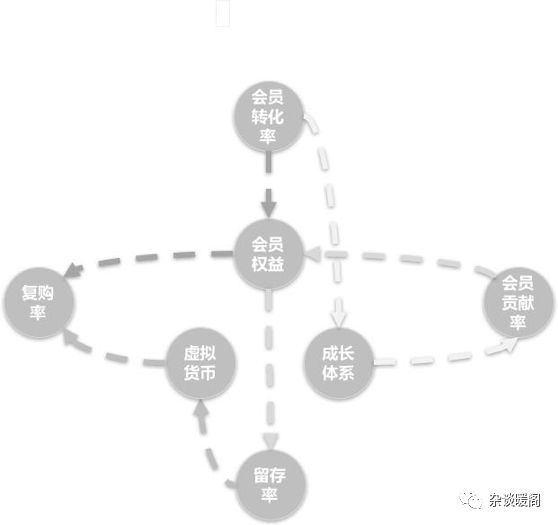
The user will obtain the basic information of all users to display in the personal and member centers. If the current user is a paid member, according to the use of the membership, it shows the current level and the corresponding rights and interests, while providing a channel for payment upgrades.
In the trading session, it is based on the user's situation to determine whether to use the membership price or have a member exclusive coupon to reduce the order. The generated orders are paid according to the situation. In addition to third -party payment, the payment link can also be consumed through the account balance. If the balance is paid, the consumption amount will be deducted from the account balance after the payment is completed.
5. Conclusion
Only the "connotation" of the user system can become the person who knows the most. The user system is not only the content introduced above, including the extension system such as comments, points, etc. also belongs to this system. Considering that the problem is not tired, you are also welcome to exchange more fun user gameplay together.
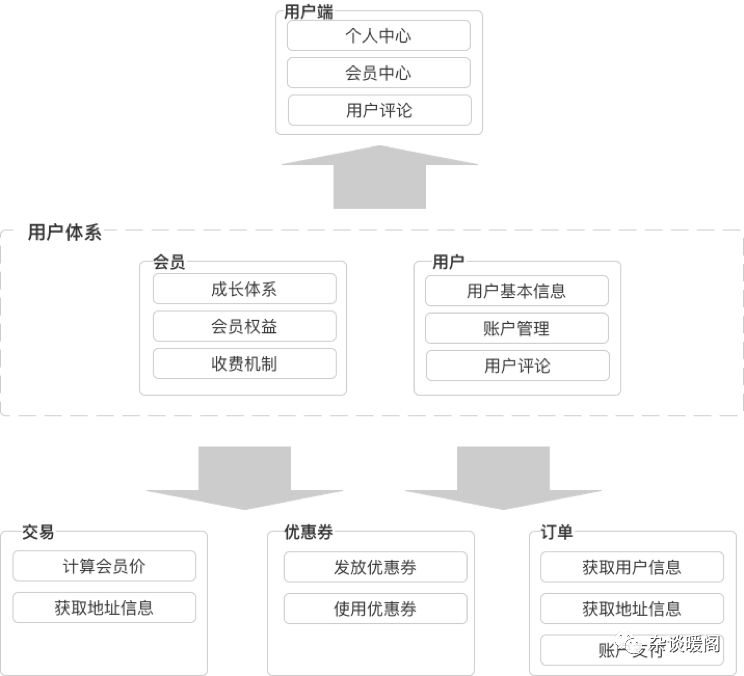
#Columnist#
Gao Hui, WeChat public account: old products, everyone is a product manager columnist.More than 10 years of IT experience, Internet veterans.Many years of experience in e -commerce companies have participated in e -commerce projects that have participated in multiple directions such as B2B/B2C/O2O, and are familiar with the situation of the entire process of e -commerce products.This article was originally published in everyone's product manager.Reprinting is prohibited without permission.
The title map is from Unsplash, based on the CC0 protocol
- END -
Students from Shanxi University won two first prizes in the 3rd National College Student Chemistry Experimental Innovation Design Contest Northwest Division Competition
From June 24th to 26th, the 3rd National College Student Chemistry Experimental Innovation Design Contest Northwest Division Competition was held at Northwest University.The School of Chemistry and Ch
"Northern Police Bee Riding" adds "Ping An Police Color"

In order to conscientiously implement the “Hundred Days Action” work requirement...